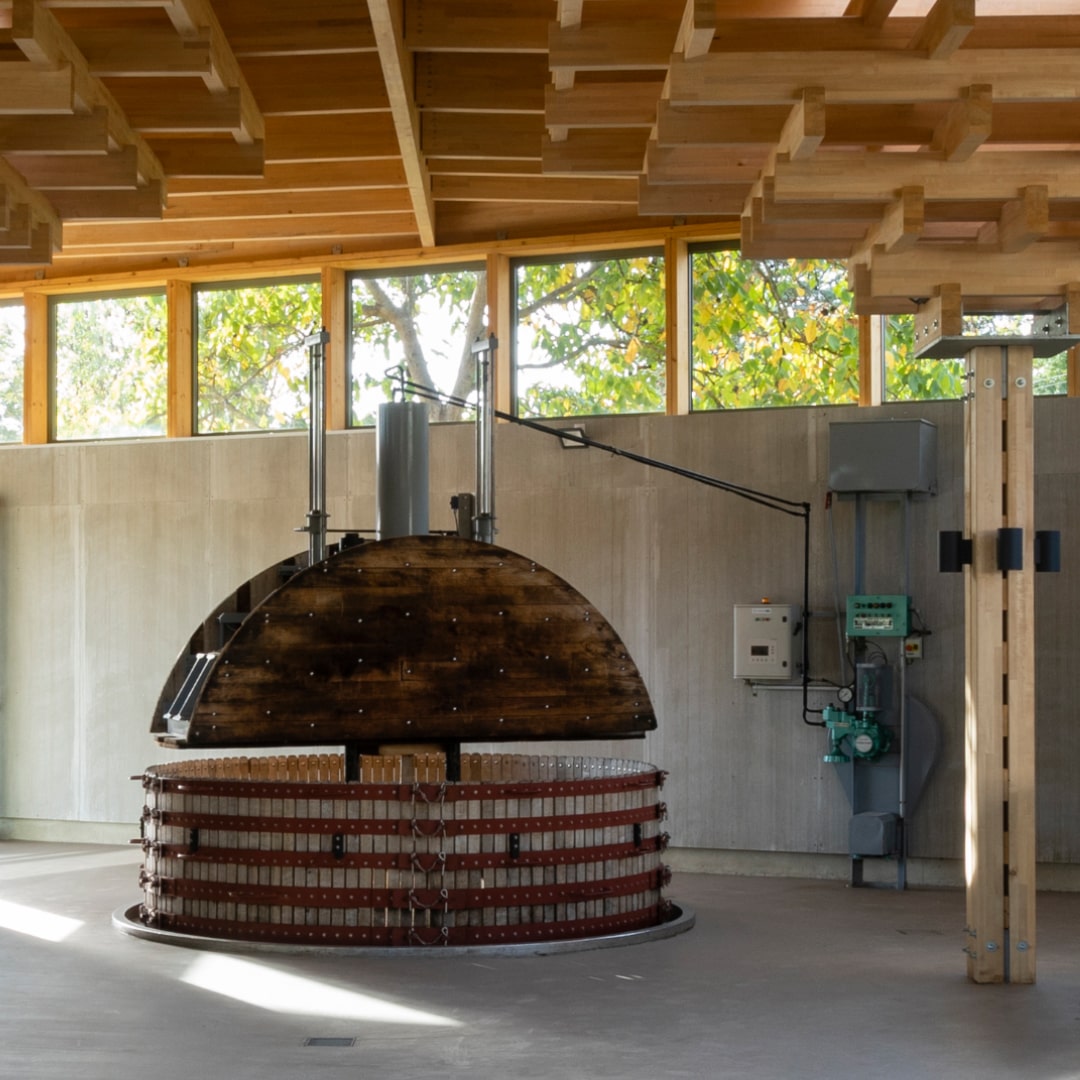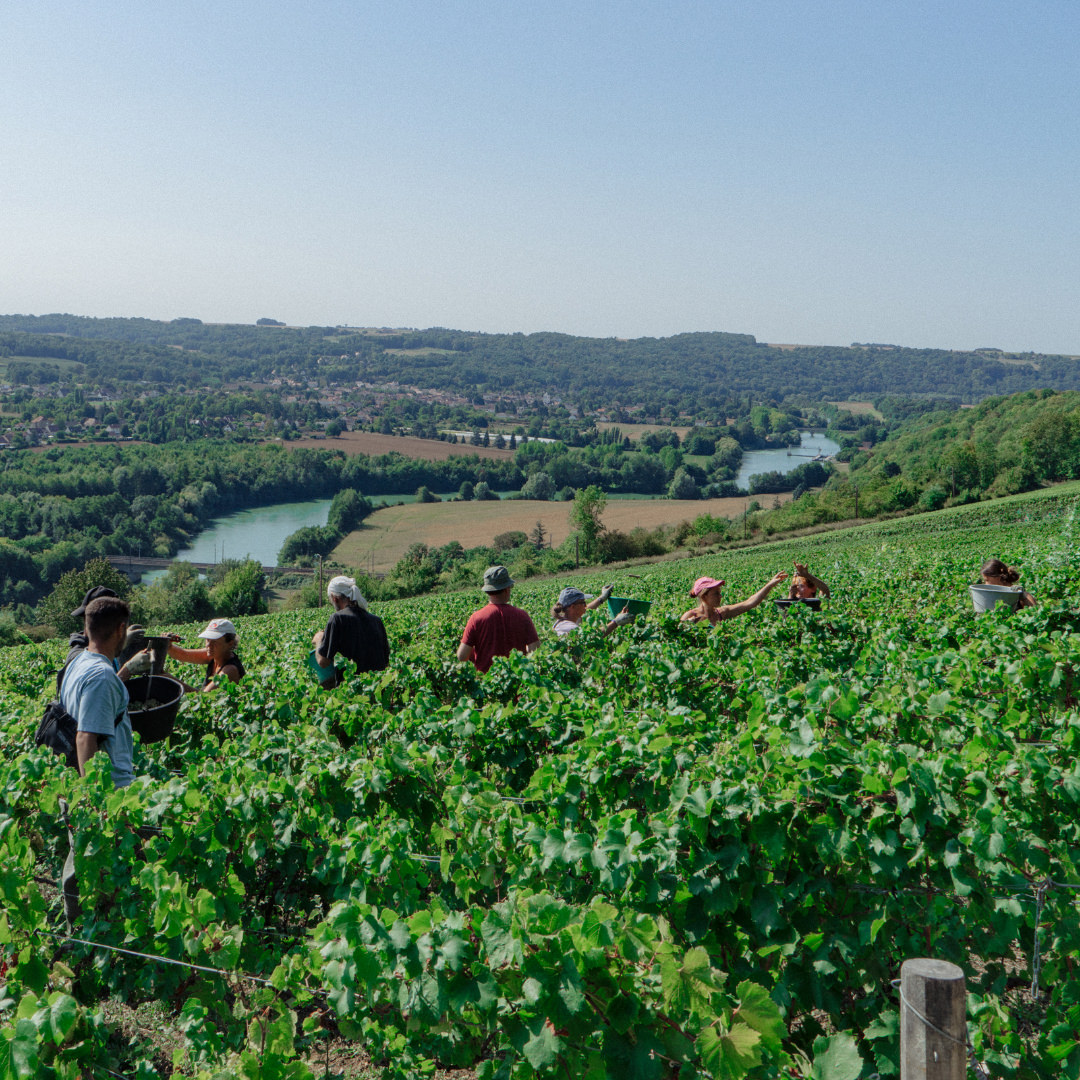Our approach
Our approach
Our approach
Our approach
Our approach
We see our vineyards more like gardens so there are many things that we do by hand. When we do use machinery, it’s a lot smaller than that used by bigger producers. You need to be more delicate when you’re working biodynamically.
We see our vineyards more like gardens so there are many things that we do by hand. When we do use machinery, it’s a lot smaller than that used by bigger producers. You need to be more delicate when you’re working biodynamically.
We see our vineyards more like gardens so there are many things that we do by hand. When we do use machinery, it’s a lot smaller than that used by bigger producers. You need to be more delicate when you’re working biodynamically.
We see our vineyards more like gardens so there are many things that we do by hand. When we do use machinery, it’s a lot smaller than that used by bigger producers. You need to be more delicate when you’re working biodynamically.
We see our vineyards more like gardens so there are many things that we do by hand. When we do use machinery, it’s a lot smaller than that used by bigger producers. You need to be more delicate when you’re working biodynamically.
The grapes are picked at maturity and sorted to always have a perfect sanitary condition. We press the grapes on a traditional Coquard press and separate the grape varieties. When it’s time to press, we add 2g of sulfur. If the volatile acidity increases, we may add a little more but that’s very rare.
The grapes are picked at maturity and sorted to always have a perfect sanitary condition. We press the grapes on a traditional Coquard press and separate the grape varieties. When it’s time to press, we add 2g of sulfur. If the volatile acidity increases, we may add a little more but that’s very rare.

The wine is left to settle for 12-15 hours and then fermented in a vat of indigenous yeasts. The wines are then not tapped at all until March and then bottled at the end of April or early May. At no point is there any sticking, filtration or tartaric stabilisation.
We like to experiment by using different containers: stainless steel tanks, casks, concrete vats, concrete egg, amphora, and sandstone eggs. Typically we vinify 60% in stainless steel, 30% in wood, and 10% in concrete or sandstone.
The wine is left to settle for 12-15 hours and then fermented in a vat of indigenous yeasts. The wines are then not tapped at all until March and then bottled at the end of April or early May. At no point is there any sticking, filtration or tartaric stabilisation.
We like to experiment by using different containers: stainless steel tanks, casks, concrete vats, concrete egg, amphora, and sandstone eggs. Typically we vinify 60% in stainless steel, 30% in wood, and 10% in concrete or sandstone.
Each material gives a different character to the wine, and then blending them gives complex, fresh wines.
Each material gives a different character to the wine, and then blending them gives complex, fresh wines.
Each material gives a different character to the wine, and then blending them gives complex, fresh wines.
Each material gives a different character to the wine, and then blending them gives complex, fresh wines.
While other producers use huge tractors that pile the soil and consume a lot of gasoline, we have four old tractors that allow us to be more delicate with the earth. But the biggest difference is the manpower we use to do quality work. We use more people per hectare so we can work with greater care. Also, many of our pickers have been working with us for many years so they know our land and grapes intimately.
The harvest usually lasts ten to twelve days with about twenty pickers. For us, this is a sacred time... a moment of sharing and conviviality. Every year, our pickers eat and drink well and the same ones come back time and time again.
While other producers use huge tractors that pile the soil and consume a lot of gasoline, we have four old tractors that allow us to be more delicate with the earth. But the biggest difference is the manpower we use to do quality work. We use more people per hectare so we can work with greater care. Also, many of our pickers have been working with us for many years so they know our land and grapes intimately.
The harvest usually lasts ten to twelve days with about twenty pickers. For us, this is a sacred time... a moment of sharing and conviviality. Every year, our pickers eat and drink well and the same ones come back time and time again.

43 Grande Rue, 02310 Crouttes-sur-Marne, France
Tel: +33 (0) 3 23 82 34 93 – contact@bourgeois-diaz.com
43 Grande Rue, 02310 Crouttes-sur-Marne, France
Tel: +33 (0) 3 23 82 34 93
contact@bourgeois-diaz.com
Legal notice
43 Grande Rue
02310 Crouttes-sur-Marne, France
Tel: +33 (0) 3 23 82 34 93
contact@bourgeois-diaz.com
Legal notice